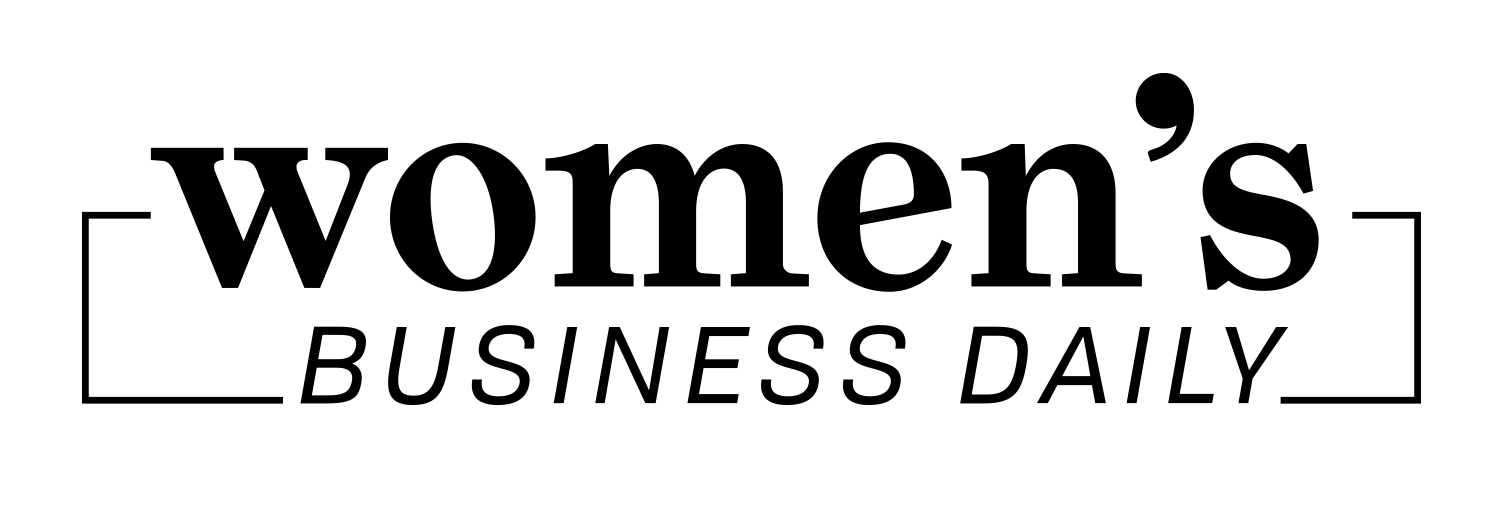In 2025, female entrepreneurs have to be strategic about where they invest their time and resources on social media. Each platform offers unique benefits and challenges (but also A LOT of noise).
Instagram is still the go-to platform for visual storytelling and selling products. LinkedIn is where professionals are building authority and connect with other business leaders. And TikTok is still the best place to go viral and reach new audiences through AI-powered recommendations.
To get the most out of social media, entrepreneurs need to choose platforms that align with their business goals and audience. Using a mix of Instagram, LinkedIn, and TikTok helps expand reach, boost engagement, and increase revenue by tapping into the unique strengths of each.
Instagram: The Power of Visual Storytelling and Community Building
Instagram has become a mix of social shopping and community engagement, making it a must-have for lifestyle brands, coaches, and product-based businesses. The 2025 algorithm is all about Reels and keyword-optimized captions, shifting away from hashtags and focusing more on alt text and SEO-friendly descriptions to boost discoverability.
Short-form videos are still king, with Reels driving nearly three-quarters of engagement. Features like Stories and Close Friends allow brands to connect on a more personal level, making it easier to build trust and loyalty. And with in-app checkout and creator subscriptions growing, Instagram is an essential tool for brands selling directly to consumers, especially in beauty, wellness, and fashion.
But Instagram isn’t without its challenges. If you’re not posting Reels, it can be tough to get noticed. Static content struggles to gain traction, and accounts that focus too much on promotions may see their visibility shrink. Brands need to strike a balance between showcasing their products and sharing user-generated content that feels authentic and engaging.
For female entrepreneurs, success on Instagram comes down to blending beautiful visuals with meaningful, engaging captions. Using industry-relevant keywords helps increase visibility, but storytelling is what keeps audiences interested. Instead of just pushing sales, incorporating testimonials, educational content, and behind-the-scenes insights will create deeper connections and long-term brand loyalty.
LinkedIn: Authority Building and High-Value Networking
LinkedIn has firmly established itself as the top platform for service-based entrepreneurs and corporate leaders looking to build authority and grow their network. Long-form content like articles and newsletters tends to keep audiences engaged longer than shorter posts, and in 2025, video content has become an even bigger game-changer, helping professionals boost their visibility and attract more leads.
For entrepreneurs who want to establish credibility, LinkedIn offers plenty of opportunities. Sharing in-depth case studies, how-to guides, and personal success stories can position a brand as a trusted expert in its field. Newsletters and serialized content keep audiences coming back for more, while video posts add a personal touch, making businesses feel more relatable to potential clients and collaborators.
To get the most out of LinkedIn, entrepreneurs should focus on positioning themselves as industry experts. Providing real-world results—like increasing a client’s revenue or streamlining their operations—builds trust and authority. Timing also matters; posting during peak professional hours, such as early mornings or late afternoons, increases engagement. Direct messaging, especially when using voice notes and personalized outreach, has been shown to convert leads much faster than generic messages.
That said, LinkedIn’s growth isn’t as fast-paced as TikTok, which means it takes time and consistency to gain traction. To see real results, entrepreneurs must stay active, share high-quality content regularly, and engage with other professionals in their industry.
TikTok: Viral Growth and AI-Powered Commerce
TikTok’s algorithm in 2025 has made it one of the best platforms for organic reach, even surpassing Google when it comes to product discovery for younger audiences. The platform’s AI-driven recommendations help surface the most relevant content, making it a powerful tool for business growth.
For entrepreneurs, TikTok offers an incredible chance to get noticed fast. The algorithm favors engaging, niche-specific content, which means even small brands can gain massive traction quickly. TikTok Shop has completely changed how businesses sell, with live-stream shopping proving to be far more effective than traditional e-commerce. Educational content, especially tutorials and explainer videos, also performs well, often getting more shares and saves than likes and comments.
Success on TikTok means keeping up with trends and creating content that fits the platform’s fast-paced nature. Using trending sounds, participating in challenges, and telling a compelling story in a short time can boost visibility. However, maintaining momentum requires consistently producing high-quality video content, which can be demanding. Since TikTok’s algorithm frequently changes, brands need to stay flexible and adjust their strategies to maintain reach and engagement.
Comparative Analysis: Platform Performance Metrics in 2025
| Metric | TikTok | ||
|---|---|---|---|
| Average Engagement | 4.8% (Reels) | 2.1% (Articles) | 9.3% (Videos) |
| Follower Growth | 12% monthly | 8% monthly | 25% monthly |
| Top Industries | Beauty, Coaching | Consulting, Tech | Education, E-commerce |
| Cost Per Click (Ads) | $1.20 | $3.50 | $0.85 |
Success By Industry Per Platform
If you need more information about what industries are seeing the most success on which platform, we’ve got you covered. Here’s a little more research we pulled together to help guide you.
Social Media Platform-Industry Alignment Chart (2025)
| Industry | Primary Platform | Secondary Platform | Rationale & Supporting Data |
|---|---|---|---|
| Beauty & Skincare | TikTok | Instagram’s shopping features drive 35% of e-commerce revenue for beauty brands, while TikTok’s #BeautyTok hashtag generates 18B+ views. | |
| Fashion | TikTok | 73% of luxury fashion brands prioritize Instagram Reels for runway highlights, while TikTok’s #FashionHaul videos achieve 2.3x higher conversion rates. | |
| E-commerce | TikTok | TikTok Shop accounts for 41% of Gen Z product discovery, complemented by Instagram’s in-app checkout (used by 58% of DTC brands). | |
| Career Coaching | LinkedIn’s 65M decision-makers and 30% monthly newsletter growth outperform Instagram’s coaching communities (40% engagement via Close Friends). | ||
| Healthcare | TikTok | Medical professionals use LinkedIn for peer networking (45% engagement with industry articles), while TikTok’s #HealthTips reach 50M+ patients monthly. | |
| Higher Education | TikTok | Universities report 9.3% engagement on TikTok explainer videos, paired with LinkedIn’s 2.5x retention for alumni articles. | |
| Nonprofits | TikTok | Nonprofits achieve 4.8% engagement via Instagram carousels, while TikTok’s #SocialImpact challenges boost donations by 75%. | |
| Tech Startups | TikTok | B2B tech brands see 6x higher lead conversion via LinkedIn voice-note DMs, complemented by TikTok’s 3.2M searches/month for “AI tools.” | |
| Food & Beverage | TikTok | TikTok’s #FoodTok drives 61% of recipe discoveries, while Instagram Stories boost restaurant bookings by 28%. | |
| Travel & Tourism | TikTok | Travel brands using Instagram Reels see 2.4x more saves, while TikTok’s geo-tagged hotel tours achieve 3.1M avg. views. | |
| Real Estate | Realtors using Instagram 360° tours gain 22% more inquiries, while LinkedIn’s long-form posts attract 45% of commercial property investors. | ||
| Automotive | TikTok | YouTube | Car review TikTokers report 50% higher engagement than Instagram, but YouTube remains critical for test-drive deep dives (85% watch time). |
| Fitness & Wellness | TikTok | #GymTok influencers monetize 3x faster via TikTok Shop, while Instagram’s fitness challenges retain 40% of participants. | |
| Entertainment | TikTok | Music artists gain 120% more followers via TikTok sounds vs. Instagram Reels, though Instagram dominates celeb fan interactions (73% engagement). | |
| Financial Services | X (Twitter) | LinkedIn hosts 10,000+ B2B finance product pages, while finfluencers on X achieve 28% click-through rates for market updates. | |
| Legal Services | Law firms using LinkedIn case studies gain 60% more client inquiries, while Instagram infographics simplify legal concepts for 35% broader reach. | ||
| Manufacturing | YouTube | Industrial brands report 22% lead growth via LinkedIn video demos, supplemented by YouTube’s 2.1M monthly searches for “factory tours.” | |
| Retail | TikTok | TikTok’s AI-driven algorithm personalizes product feeds for 45.5% purchase intent, while Instagram Stories drive 33% of impulse buys. | |
| Arts & Crafts | TikTok | Artists using Instagram carousels see 5.6x follower growth, while TikTok’s #Crafting hashtag averages 8.7M views/week. | |
| Sustainability | TikTok | Eco-brands achieve 9.1% engagement via TikTok’s #ClimateAction, while LinkedIn whitepapers attract 65% of corporate sustainability officers. | |
| Gaming | TikTok | Twitch | Gaming tutorials on TikTok earn 2.8x more shares than Instagram, though Twitch dominates live-stream revenue (78% of pro gamers). |
| Hospitality | TikTok | Hotels using Instagram Reels see 40% more direct bookings, while TikTok’s #HotelHacks reach 12M+ travelers monthly. | |
| Publishing | Authors gain 30% newsletter sign-ups via LinkedIn articles, while Instagram quote graphics drive 25% book sales. | ||
| Agriculture | TikTok | #FarmLife TikTokers report 120% follower growth vs. other platforms, though Facebook Groups retain 55% of agricultural suppliers. | |
| Aerospace | YouTube | 85% of aerospace engineers engage with LinkedIn technical posts, while YouTube hosts 78% of training modules for aviation staff. | |
| Pharmaceuticals | X (Twitter) | Medical reps using LinkedIn video demos see 22% lead growth, while X threads explain drug trials to 18M+ patients. | |
| Telecommunications | TikTok | Telecom brands achieve 6x ROI via LinkedIn ads targeting IT managers, while TikTok unboxing videos drive 35% of 5G router sales. |
Integrated Multi-Platform Strategy
The best social media strategies use multiple platforms in ways that play to their strengths. Entrepreneurs should focus on long-form, thought-leadership content on LinkedIn, turn those insights into visually engaging Instagram posts, and break them down into short, digestible TikTok videos that drive discovery and engagement.
A strong repurposing strategy ensures that businesses get the most out of their content. A detailed article on LinkedIn can become a quick-read Instagram carousel post. That same content can then be turned into a 60-second TikTok video with a compelling hook and trending audio. This approach allows entrepreneurs to reach different audiences without constantly creating new material from scratch.
Choosing a primary platform should depend on a business’s revenue model. If the focus is high-ticket consulting, LinkedIn is the best bet. For consumer goods, TikTok’s e-commerce tools make it the strongest choice. Instagram works well as a secondary platform, reinforcing brand identity and nurturing an engaged community.
Future-Proofing for Social Media Success
Social media is constantly evolving, so staying ahead means investing in vertical video, using AI tools for content optimization, and prioritizing community-driven engagement over fleeting viral success. Since vertical video dominates across Instagram, LinkedIn, and TikTok, brands should ensure their content is optimized for this format. Tools like ChatGPT for captions, Canva for design, and TikTok’s Creative Center for trend analysis can streamline content creation and maximize impact.
Female entrepreneurs in 2025 should take a flexible but intentional approach. Instagram’s mix of commerce and community, LinkedIn’s professional authority, and TikTok’s AI-driven virality each offer unique advantages. By aligning content with platform strengths, keeping up with trends, and focusing on real audience engagement, entrepreneurs can successfully grow their digital presence and revenue.
Emily Sprinkle, also known as Emma Loggins, is a designer, marketer, blogger, and speaker. She is the Editor-In-Chief for Women's Business Daily where she pulls from her experience as the CEO and Director of Strategy for Excite Creative Studios, where she specializes in web development, UI/UX design, social media marketing, and overall strategy for her clients.
Emily has also written for CNN, Autotrader, The Guardian, and is also the Editor-In-Chief for the geek lifestyle site FanBolt.com
- Emma Loggins Sprinklehttps://www.womensbusinessdaily.com/author/emma-loggins/
- Emma Loggins Sprinklehttps://www.womensbusinessdaily.com/author/emma-loggins/
- Emma Loggins Sprinklehttps://www.womensbusinessdaily.com/author/emma-loggins/
- Emma Loggins Sprinklehttps://www.womensbusinessdaily.com/author/emma-loggins/







